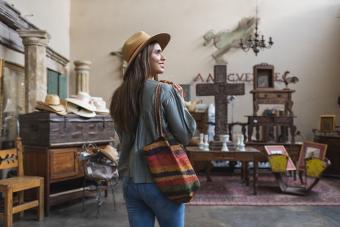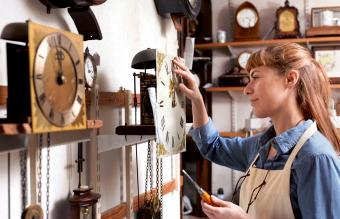
Know the Real Value Before You Sell

Decide Where You Want to Sell Your Collectibles

Gently Clean Collectibles Without Damaging Them

Make Very Basic Repairs (But Don't Restore)

Think About Ways to Present the Collectible

Consider Grouping Collectibles for Higher Value

Take Great Pictures When Selling Your Collectibles

Come Up With a Good Description

Set a Price and Decide if You'll Negotiate

Look Through Your Collectibles for Things to Sell

© 2025 LoveToKnow Media. All rights reserved.







